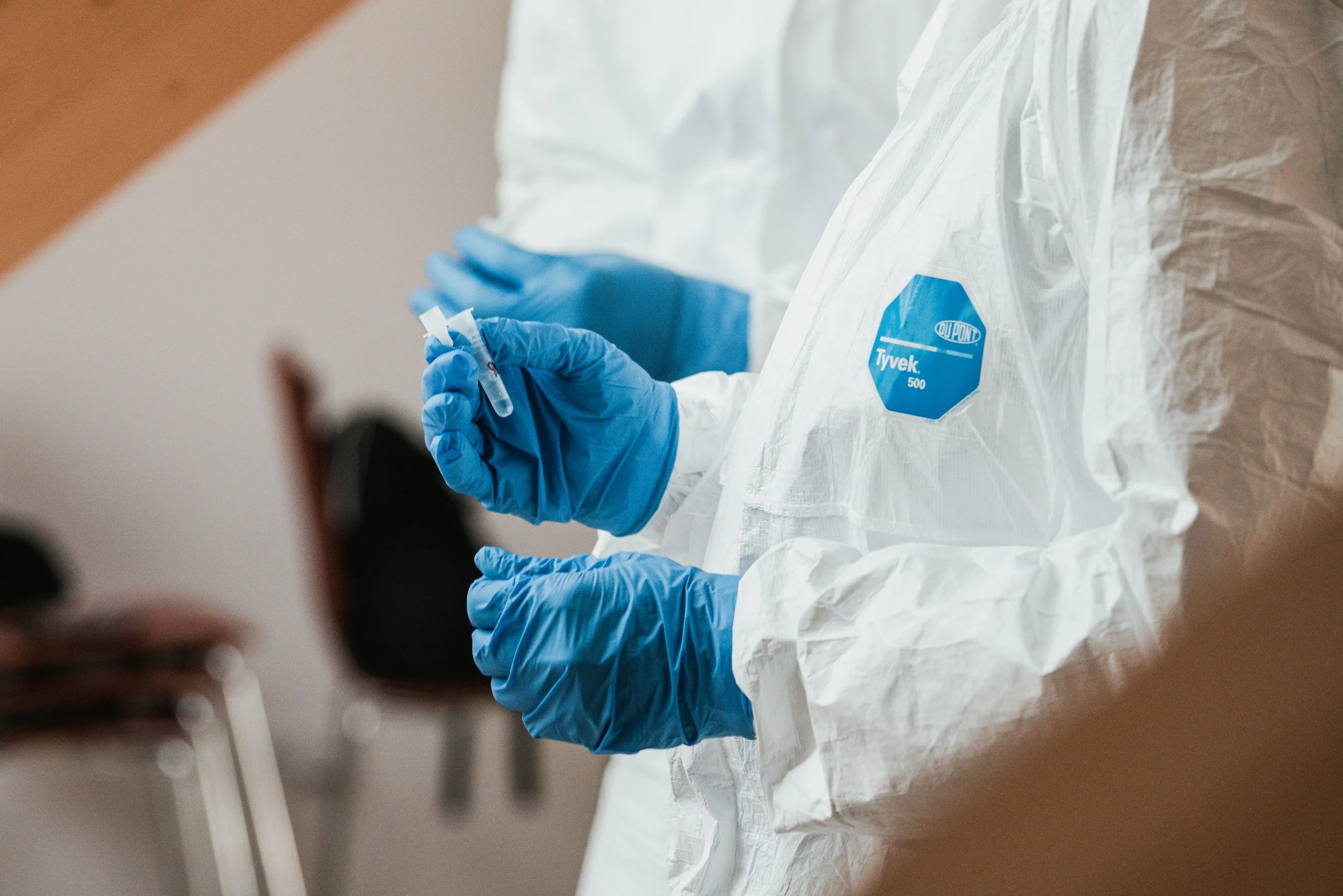The Invisible Threat: Understanding the Impact of Microplastics on Human Health
In our modern world, plastic has become ubiquitous, infiltrating every corner of our environment, including the air we breathe, the water we drink, and the food we eat. However, as plastic breaks down into smaller particles known as microplastics and even tinier nanoplastics, the potential risks to human health come sharply into focus. From cardiovascular concerns to endocrine disruption, the effects of microplastics on the human body are increasingly alarming. Let's explore the science behind microplastics, their impact on human health, and strategies for mitigating this invisible threat.
Unveiling the Microscopic Menace: Microplastics and Nanoplastics
Microplastics, defined as plastic particles less than 5 millimeters in size, originate from the breakdown of larger plastic items or are intentionally manufactured for various industrial and consumer products. Nanoplastics, even smaller particles measuring less than 100 nanometers, result from the further degradation of microplastics or direct production. Despite their diminutive size, these particles pose significant health risks due to their ability to accumulate in the environment and enter the human body through multiple pathways.
The Cardiovascular Conundrum: Microplastics in Arteries and the Human Heart
Recent research has shed light on the presence of microplastics in the human cardiovascular system, raising concerns about their potential impact on heart health. Studies have identified microplastic particles lodged within arterial walls and even detected in cardiac tissue, suggesting a link between microplastic exposure and cardiovascular disease. The inflammatory response triggered by microplastics, along with their ability to disrupt blood flow and promote plaque formation, underscores the urgent need to address this emerging threat to cardiovascular health.
Ingesting the Invisible: Human Consumption of Microplastics
Beyond their presence in the environment, microplastics have infiltrated the human diet, with studies revealing their presence in various food and beverage sources, including seafood, tap water, and table salt. The pervasiveness of microplastic contamination in the food chain raises concerns about the potential health effects of chronic exposure. While the full extent of these health risks remains under investigation, minimizing microplastic exposure through dietary choices and environmental conservation efforts is essential for safeguarding human health.
Endocrine Disruption: Unraveling the Impact of Microplastics
As microplastics leach chemical additives and absorb environmental pollutants, they pose a significant risk of endocrine disruption, interfering with hormone function and regulation. Research suggests that certain types of microplastics, such as bisphenol A (BPA) and phthalates, exhibit estrogenic and androgenic properties, mimicking or blocking natural hormones in the body. The potential consequences of endocrine disruption include reproductive disorders, developmental abnormalities, and increased susceptibility to chronic diseases, highlighting the urgent need for further investigation and regulatory action.
Testing for Endocrine Disruptors and Detoxification Strategies
To assess exposure to endocrine-disrupting microplastics, researchers employ a range of analytical techniques, including chemical analysis, bioassays, and biomonitoring studies. These methods enable the identification and quantification of specific microplastic contaminants in environmental samples and biological tissues. Additionally, detoxification strategies such as minimizing plastic use, consuming a balanced diet rich in antioxidants and fiber, and supporting liver function through hydration and nutritional support can help mitigate the adverse effects of microplastic exposure on endocrine health.
Signs and Symptoms of Microplastic Exposure
While the long-term health effects of microplastic exposure are still being elucidated, certain signs and symptoms may indicate potential harm, including:
Unexplained inflammation or allergic reactions
Hormonal imbalances and reproductive issues
Cardiovascular abnormalities and circulatory problems
Neurological symptoms such as cognitive impairment and mood disorders
Navigating the Plastic Pandemic for Human Health
As we confront the pervasive presence of microplastics and nanoplastics in our environment and bodies, it's imperative to prioritize research, regulation, and public awareness efforts to mitigate this invisible threat to human health. By understanding the mechanisms of microplastic toxicity, implementing preventive measures, and advocating for sustainable solutions, we can safeguard our health and the health of future generations from the insidious impacts of plastic pollution. Empowered with knowledge, we can take proactive steps to protect our health and the health of our planet.
At Saffron and Sage, we offer comprehensive testing services to assess your exposure to endocrine-disrupting microplastics and guide personalized detoxification strategies. Schedule a consultation at Saffron and Sage and embark on a path to detoxify your body, reduce your environmental footprint, and reclaim your vitality.
Disclaimer: The content of this website and any product or service offered on this website is provided for informational and educational purposes only. It is not medical advice and is not intended to diagnose, treat, cure, or prevent any disease, disorder, or medical condition. It should never replace any advice given to you by your physician or any other licensed healthcare provider.

